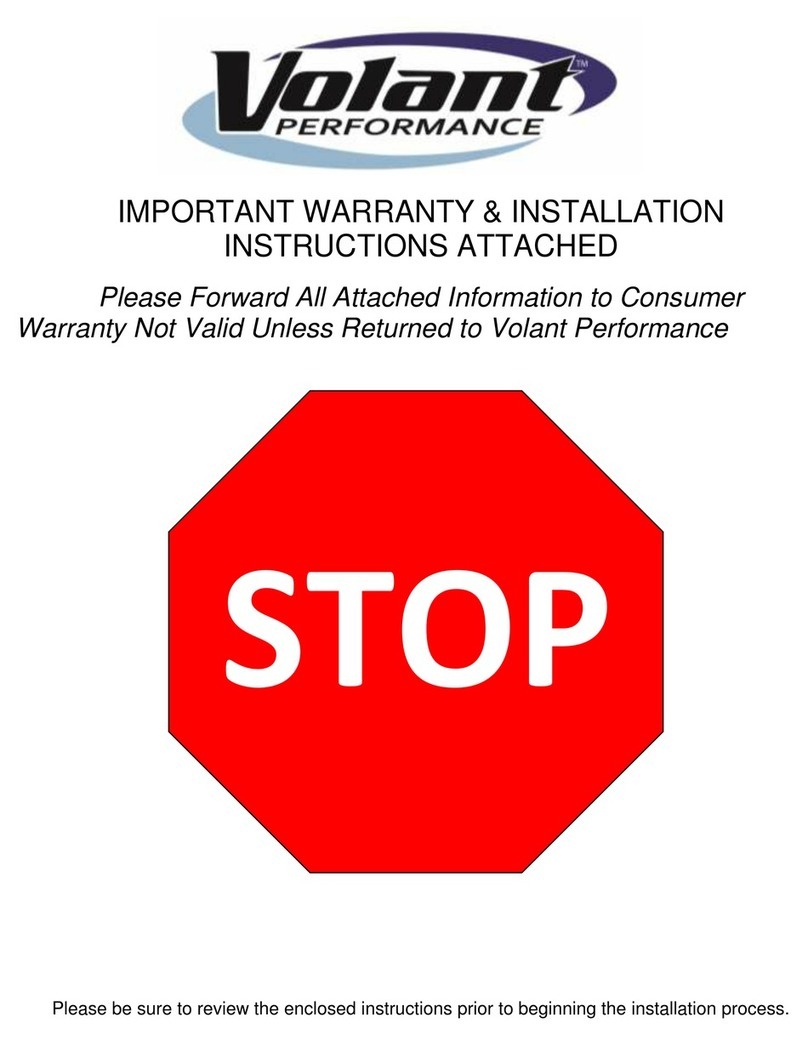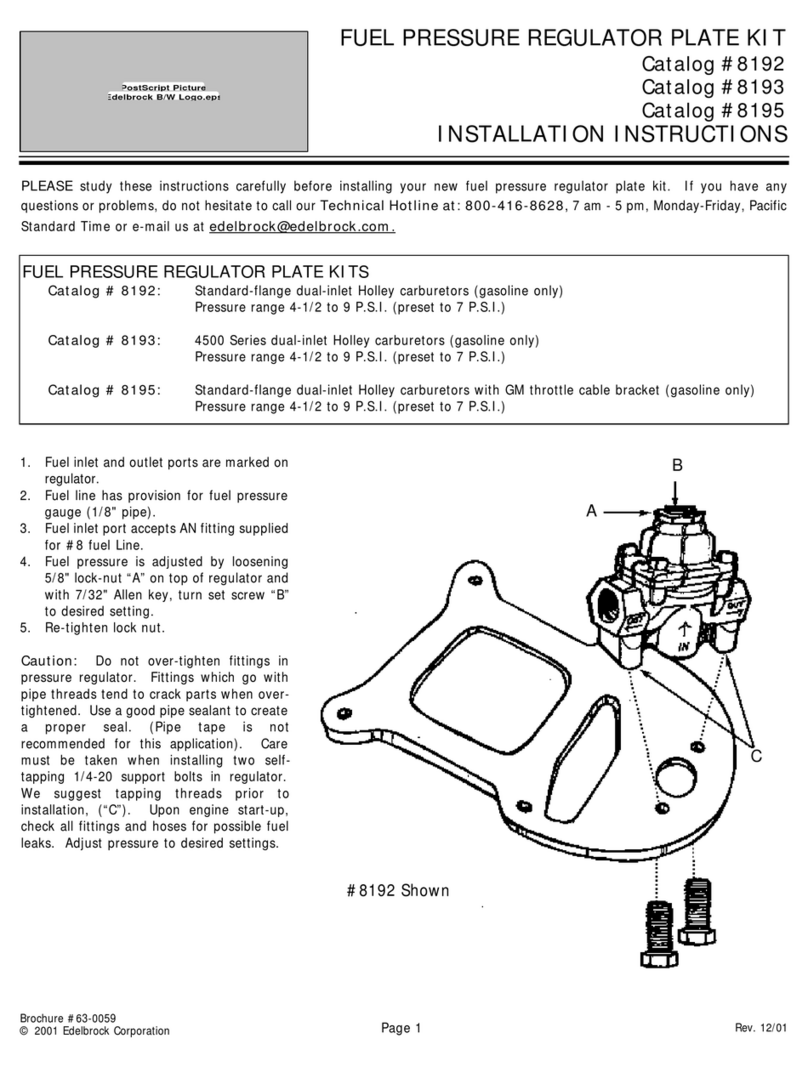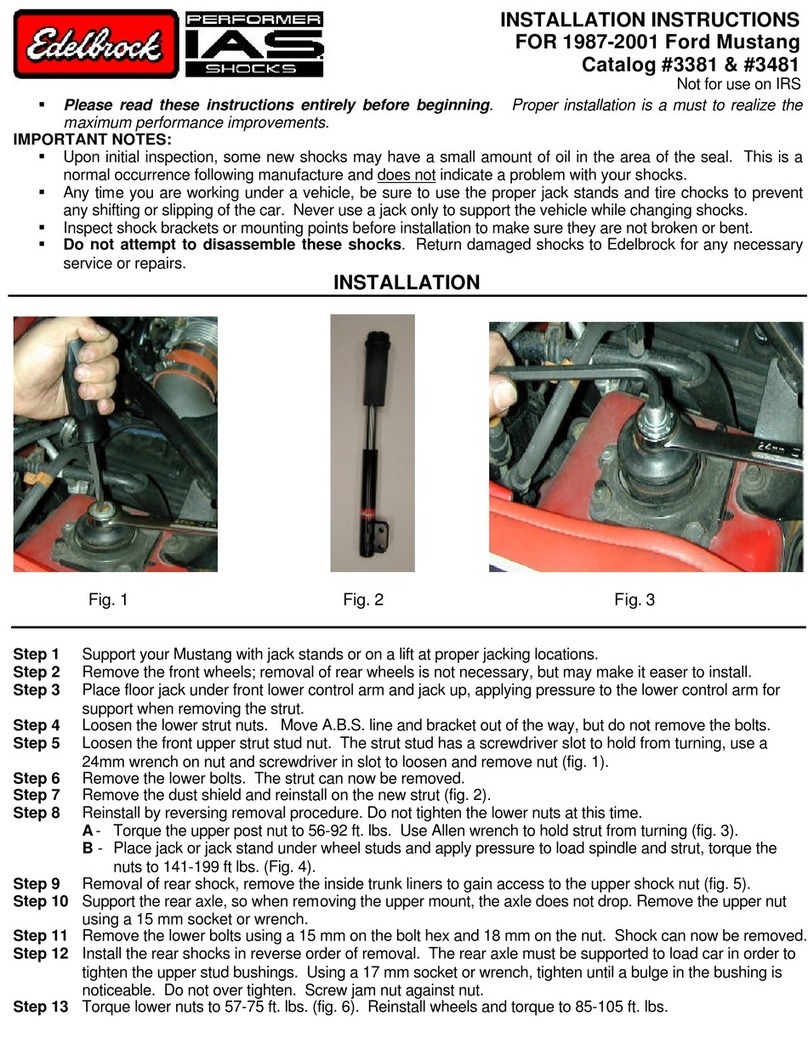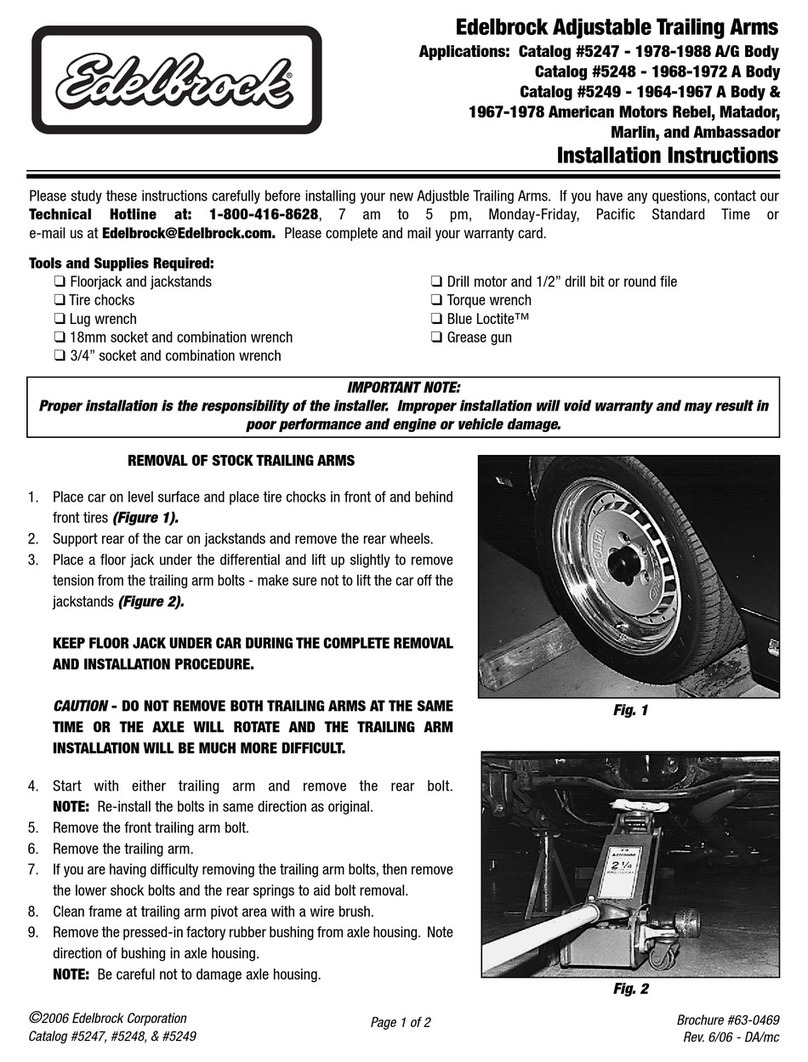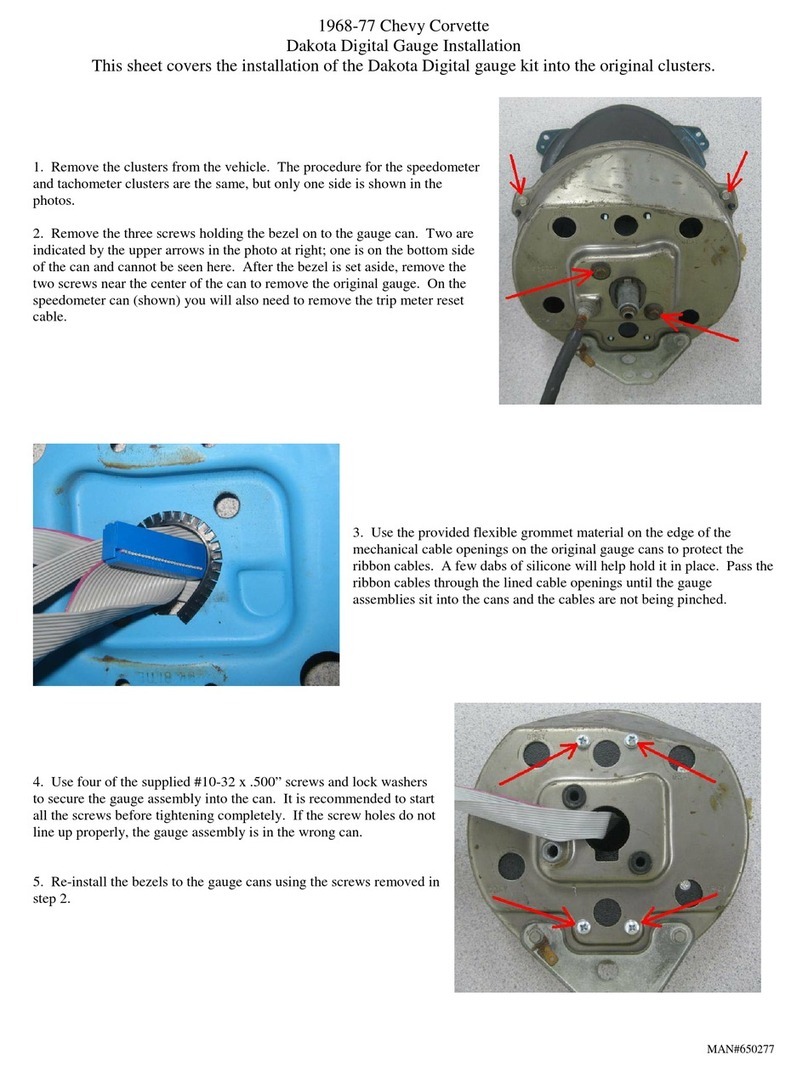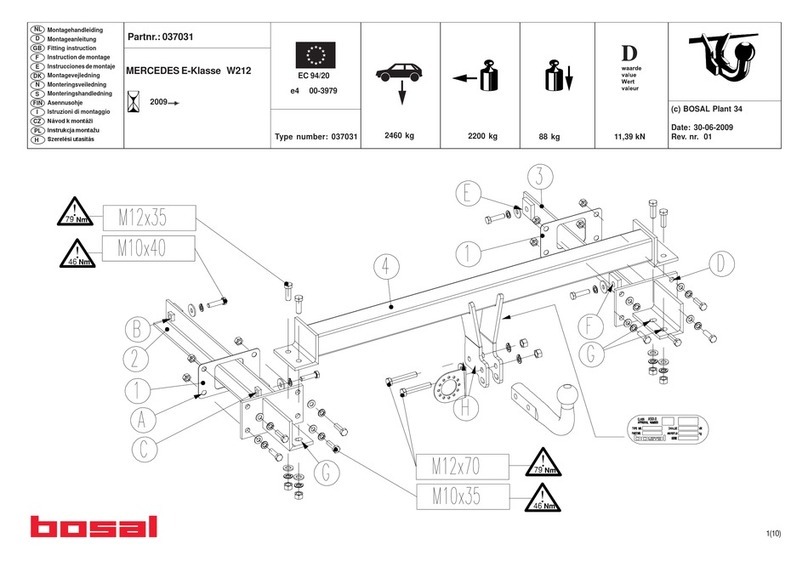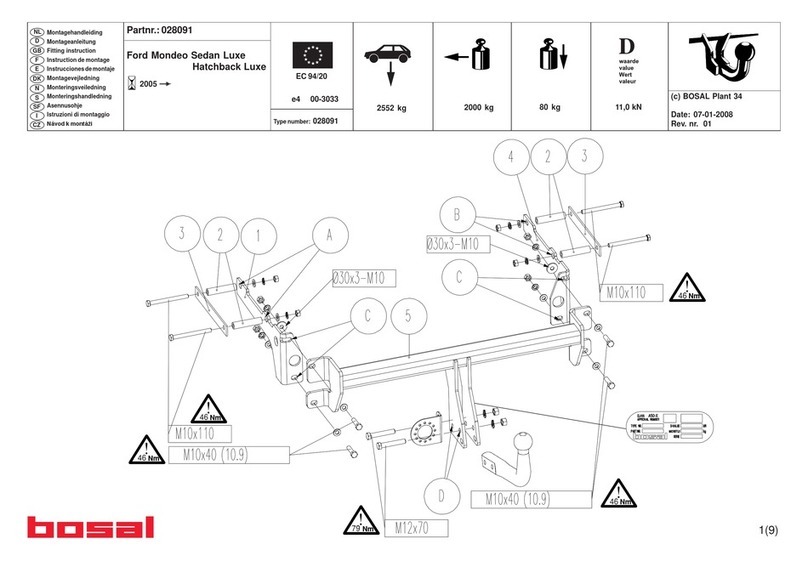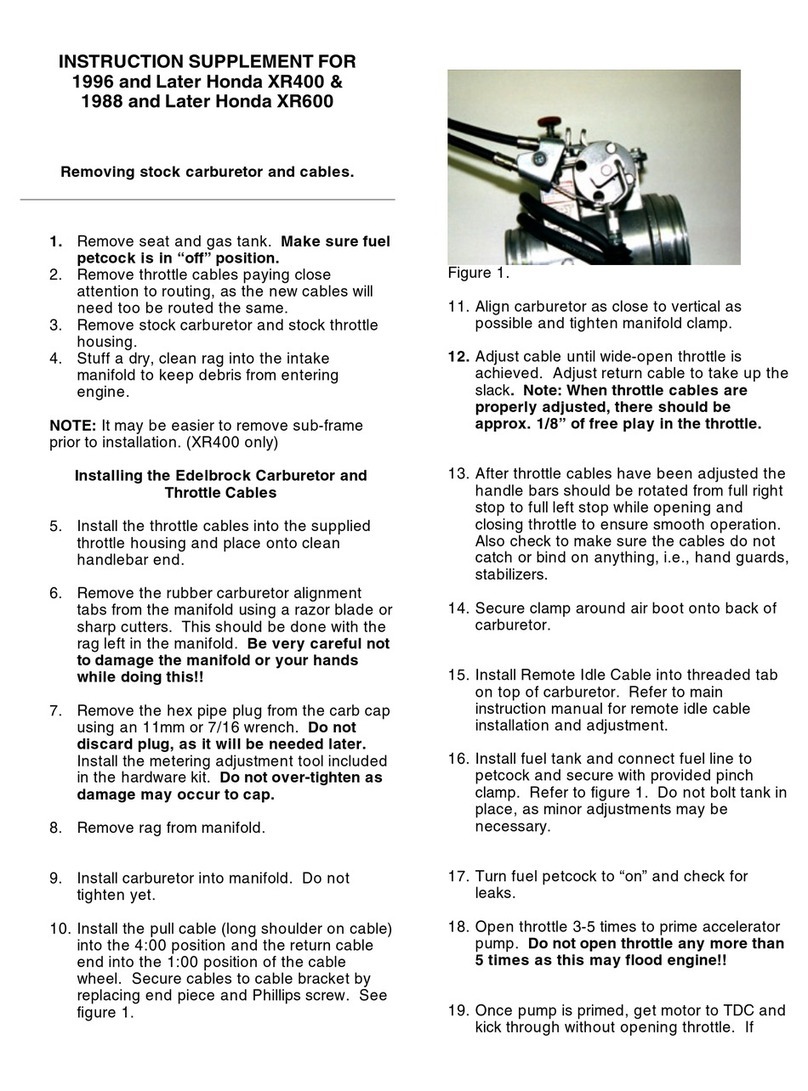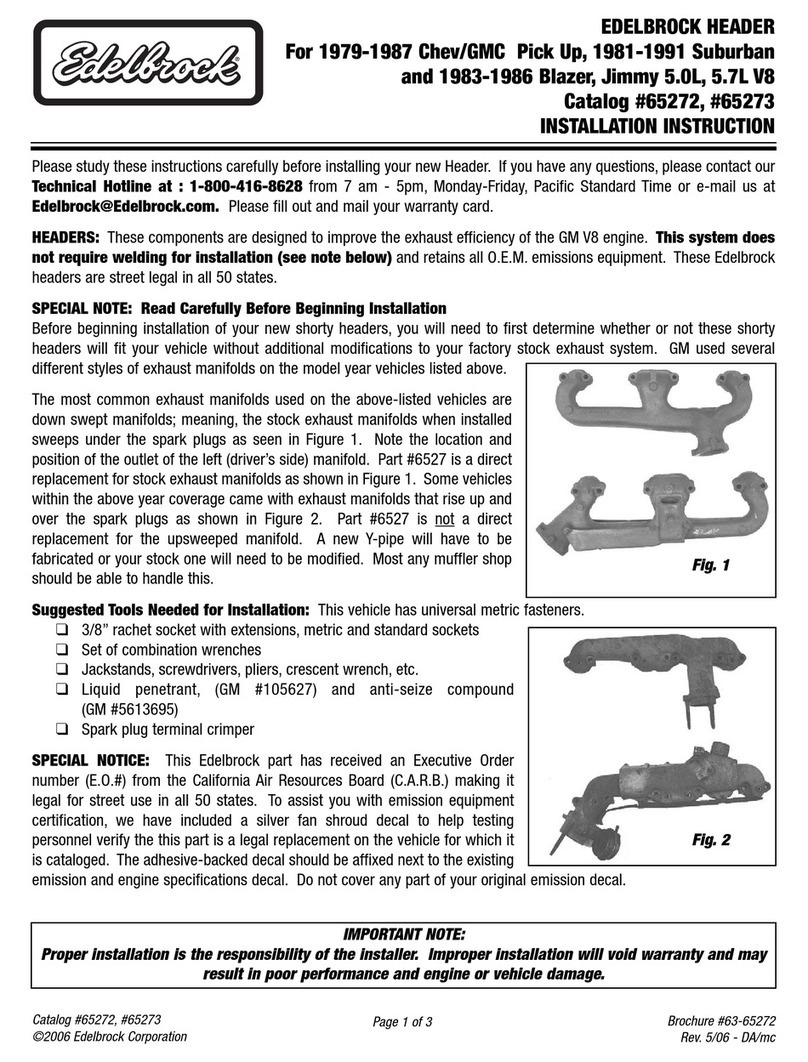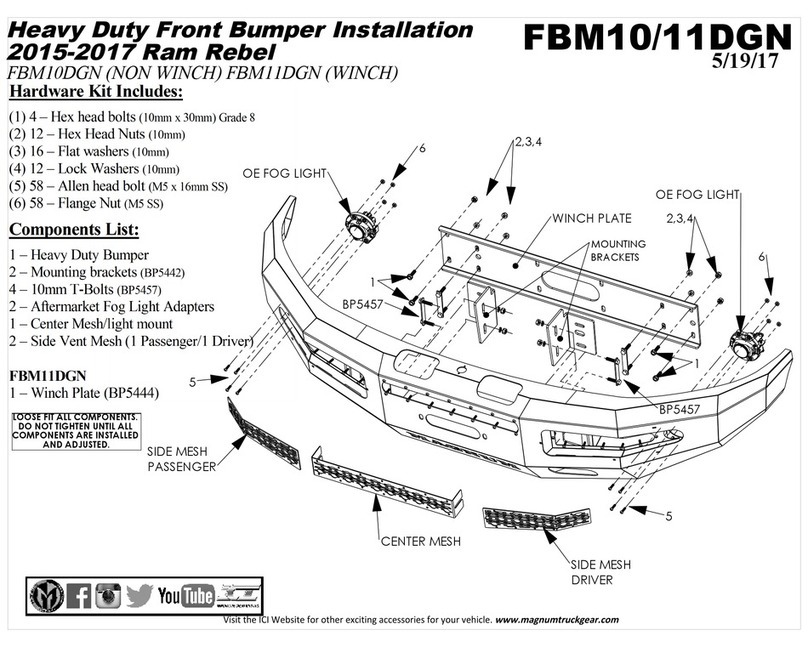Changing the Spring
Use a metric 3mm hex key to remove four of the cap screws, leaving two opposing screws in place. Care must be
taken during the next step, as the spring force can exceed 40kg, depending on the springs used.
Carefully remove the remaining two screws whilst restraining the cap to prevent it popping off. It is a good idea to
have a helper during this step, or better still, use a press or suitably padded vise to restrain the cap and allow you to
remove it slowly.
Change the spring/s as required, and ensure they sit into the corresponding grooves in the cap. Ensure the bead of
the diaphragm is sitting into the groove, then press the cap down and fully screw in two opposing cap screws,
followed by the remaining four. Ensure the screws are nipped up tight and it is preferable to use a drop of Loctite on
the threads.
The EX38 comes fitted with a 10psi spring, and
also available separately are 5psi and 7psi
springs, which can be used individually or installed
together to achieve different boost levels. Use the
table opposite to determine the combination of
springs required for your desired base boost level.
Note that this table is only a guide to help your
selection – the actual boost level achieved
ultimately depends on a large number of variables,
and may differ from the base boost pressure
shown in the table.
spring selection
Use the following guide to help set up your EX38. You should first determine the minimum and maximum boost
pressure that you want to run, and your control method.
Care should be taken when selecting boost pressures, and it is always best initially to err on the conservative side,
until the engine can be run on a dynamometer to ensure safety. Always consult an expert when making boost
changes, and it is recommended that the car be checked on a dyno, as high boost and/or lean air/fuel mixtures can
cause engine damage or worse, total failure.
If you are planning on having variable boost through the use of a boost controller, the range you can achieve
depends on your turbo setup. The lowest boost your car can run is determined by the spring (this is commonly
known as “gate pressure”), and boost can then be increased through the use of a boost controller.
As a rule of thumb, try to select springs so that your maximum boost is no more than double the “gate pressure”.
Whilst it is possible to increase boost beyond this, you may find that boost becomes less stable and harder to control.
This is because the boost controller must bleed most of the control pressure signal to the actuator, so the wastegate
is less able to self-correct for changes in manifold pressure. Using a stronger spring means the controller bleeds off
less of the pressure signal, giving the wastegate greater ability to regulate boost changes.
boost control methods
There are many different ways to connect the wastegate boost ports; three of the more common methods are
shown on the next page. Whilst it is possible to use any number of different methods that are not shown here, you
should always remember the following:
The lowest boost pressure possible is determined by the spring
The lowest possible boost pressure for a given spring combination is achieved when the
full boost pressure is applied to the lower actuator port, and none to the upper port
Boost pressure increases when you do one or both of the following:
Decrease the pressure at the lower port
Increase the pressure at the upper port
